Sometimes when I hear hot news in the press about auctions of Vietnamese antiques in France, Germany or the US, I get nervous.
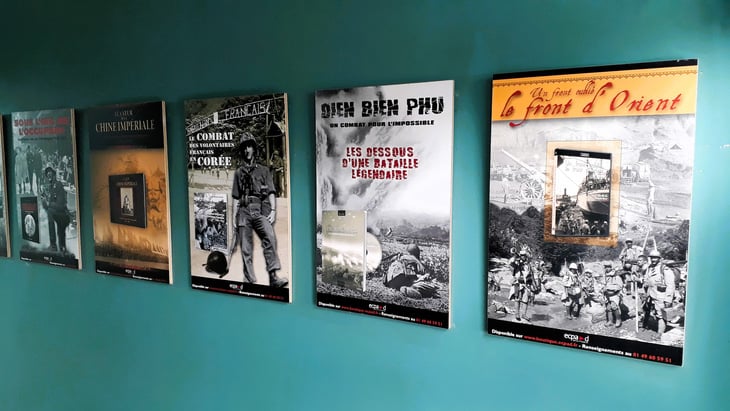
Poster introducing ECPAD documents and publications on war

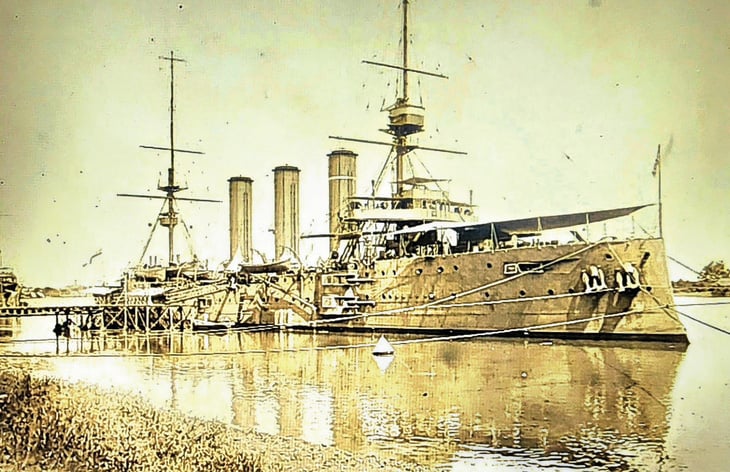
Australian warships docked in Saigon in 1913 (State Library of Victoria, Australia)
Three Fansipan peaks in Paris
The City of Light of France is full of fascinating landscapes, but if you love Vietnamese history, you cannot ignore the Vietnamese and Indochina libraries that are being kept here. First of all, the National Library of France (BNF), located in two giant buildings designed like two large books opened on the banks of the Seine River. At the BNF in 2017, for the first time, I saw with my own eyes and touched the urban design maps of modern Saigon - nearly two centuries ago. That was a hand-drawn sketch of the central street in 1865, still retaining the original burnt pencil strokes on croquis paper. Next was a large A0 print on contemporary paper, showing a black and white woodcut drawing of a 3D perspective of Saigon's planning carried out in 1880. Oh la la! Seeing and being able to carefully take pictures of every detail of the original map was truly interesting, a million times more emotional than the virtual map on the computer. At BNF, there are a series of hand-drawn or machine-printed maps of Saigon, Cho Lon, the three regions of Central, South and North, and all of Indochina from many periods, from the late 19th century to about 1954. According to bibliographic data, BNF and its associated libraries are preserving 120 maps and 523 photos specializing in Indochina. In the early 1970s, Dr. Huynh Phan Tong, while doing his thesis on the history of Vietnamese journalism, discovered at BNF about 25,000 books and more than 1,000 related newspaper titles of Indochina. Recently, graduate student Cao Vy, doing his doctoral thesis on books published in Cochinchina, found at BNF more than 5,000 books from the period 1922 - 1944. Dr. Nguyen Giang Huong, an expert appraiser at BNF, said that it is estimated that there are tens of thousands of "everything" types of documents about Vietnam and Indochina. She told me: that is an incomplete statistic, because BNF still has many documents that have not been analyzed and processed. Indeed, a Fansipan mountain of documents right in the middle of splendid Paris has been and is waiting for Vietnamese history lovers to conquer and explore. Paris also has other great libraries that are frequent destinations for domestic and international Vietnamese scholars. In 2018, Dr. Olivier Tessier, director of the office of the Far East School of the North (EFEO) in Ho Chi Minh City, introduced me to the school's library near the Trocadero Metro station. As a student, I heard my teachers talk about EFEO as a legendary castle - a gathering place for many French and Vietnamese scholars with outstanding research works on Indochina, from the beginning of the 20th century to the present. Now, entering the "castle", I witness thousands of books, newspapers, and documents on Indochina and Asia before and after 1975, which are very well preserved. Among them, I found some Vietnamese-language primers compiled by Petrus Truong Vinh Ky in the 1880s, documents on the history of Dinh Thuong Tho from 1864 - at the time when there was a debate about whether or not to demolish this historic building (59-61 Ly Tu Trong, District 1, Ho Chi Minh City). In the fall of 2022, when I visited Paris, my Vietnamese friends showed me a new mountain, the Paris Missionary Society Library (MEP). Having heard of it for a long time, I stepped in and admired another Fansipan with more than 15,000 books, 200 magazines, and 800 paintings related to many East Asian countries. Of which, Vietnam alone has more than 1,000 works in Han Nom and Vietnamese script. Surprisingly, I was able to see the original handwritten dictionary Anamitico Latinum by Bishop Pigneau de Behaine, completed around 1773, which was kept in pristine condition. This document is a notebook larger than A4, with neat lines of Chinese ink, including four types of characters: Latin, Nom, Han and Vietnamese using Latin forms - later called the national language. I also held in my hand a similar handwritten notebook of Annamese History. Looking at the handwriting from four centuries ago, I could not help but think of the anonymous "old souls" who helped missionaries record Vietnamese culture and create modern writing for future generations.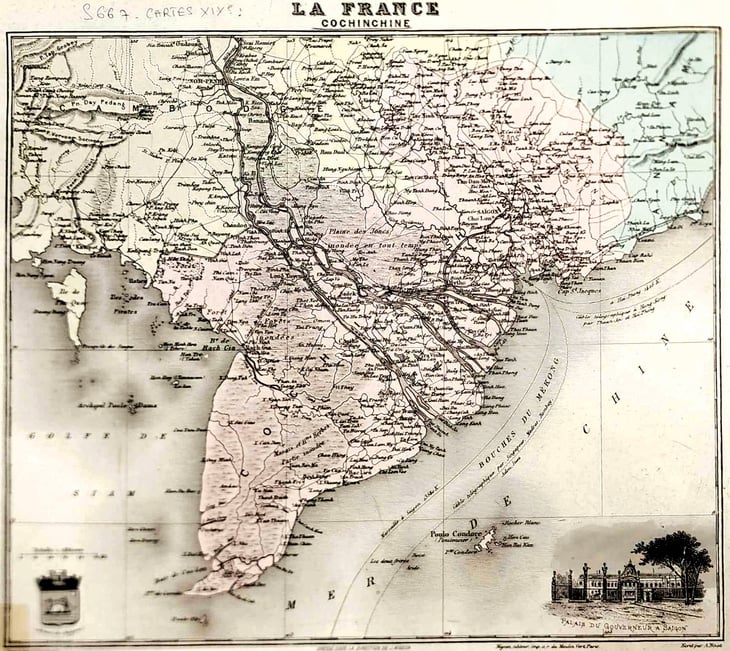
Map of Cochinchina in the 1870s. The lower left corner has the Saigon city logo, the right corner has a drawing of the Soai Phu Nam Ky mansion. The map is kept at the Singapore Institute of Southeast Asian Studies, photo taken in November 2023
Crossing the ocean, encountering "sea of documents"
Returning to Paris many times in recent years, I have had the opportunity to visit the Military Museum, Guimet, Cernuschi and Jacques Chirac, which are places that preserve many historical artifacts and Vietnamese works of art. French universities are also places with many documents about Vietnam and Southeast Asia. At the library of the Paris Architecture University, I was introduced to more than 120 master's theses researching the planning and architecture of Saigon and Hanoi, with a lot of ancient and modern data. Looking through them, I was both happy and jealous, secretly hoping that one day these theses would be shared on the Internet. Visiting the French Army Film Archive Center (ECPAD) located in an ancient Vauban-style fortress, I was guided by French friends to see a large photo archive. There were thousands of old photos still stuck in old paper books, wonderfully digitized on the computer. Through the lenses of photographic officers, houses and daily life in Saigon and Indochina from 1945 to 1955 appear diverse and vivid.Sesame, open the door...
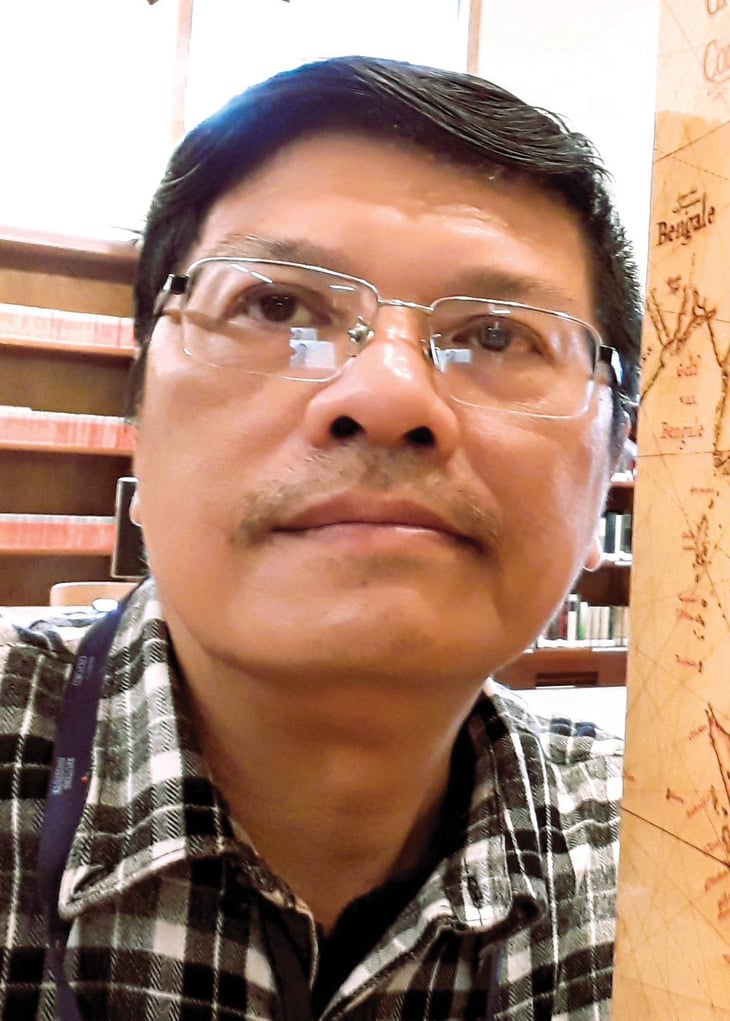
Author Phuc Tien
Must go find hidden treasures
Where are the "mountains of documents" and "seas of documents" about Vietnam? I know that they are present in archives, libraries and universities of China, Japan, England, the Netherlands, Portugal and Spain - countries that have had diplomatic relations with the entire Southeast Asian region since very early times. In particular, the Vatican's solemn archives also have many rare documents and artifacts related to Vietnam since the 15th century. Besides exploiting foreign archives, we cannot forget or waste domestic archives. Currently, many Vietnamese historical documents and artifacts from many periods are still hidden in archives, libraries, museums, universities and especially among the people. They are all priceless treasures that need to be cherished, supplemented and widely promoted to the public and researchers in many ways. Phuc Tien - Tuoitre.vn


![[Photo] National Assembly Chairman Tran Thanh Man meets with Ethiopian Prime Minister Abiy Ahmed Ali](https://vstatic.vietnam.vn/vietnam/resource/IMAGE/2025/4/16/c196dbc1755d46e4ae7b506c5c15be55)
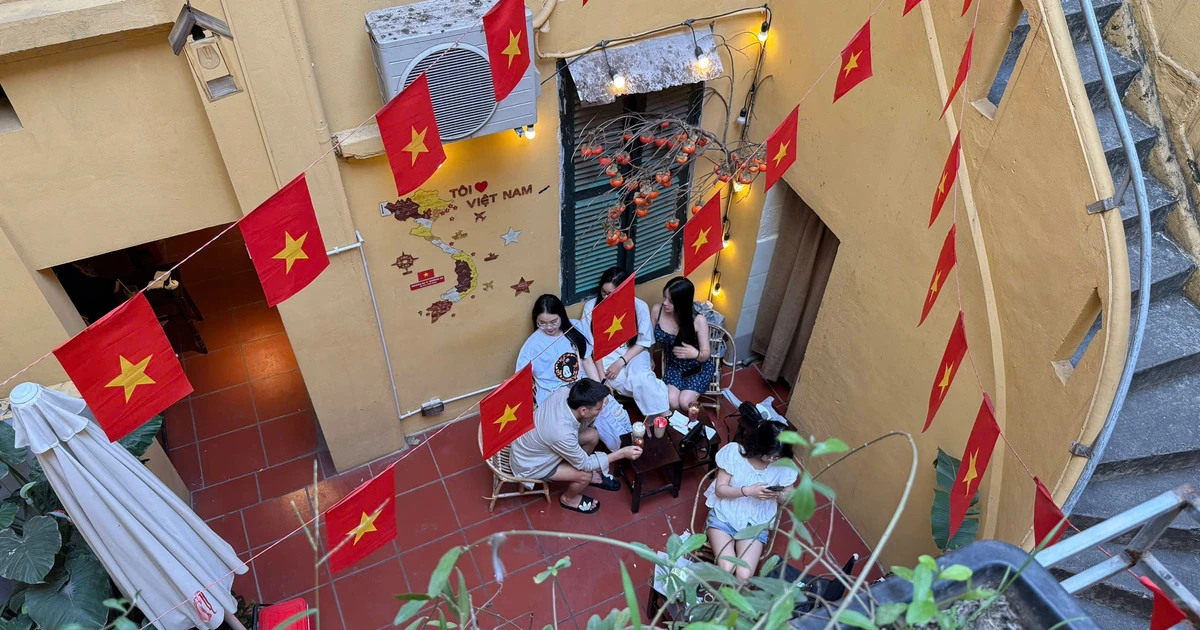
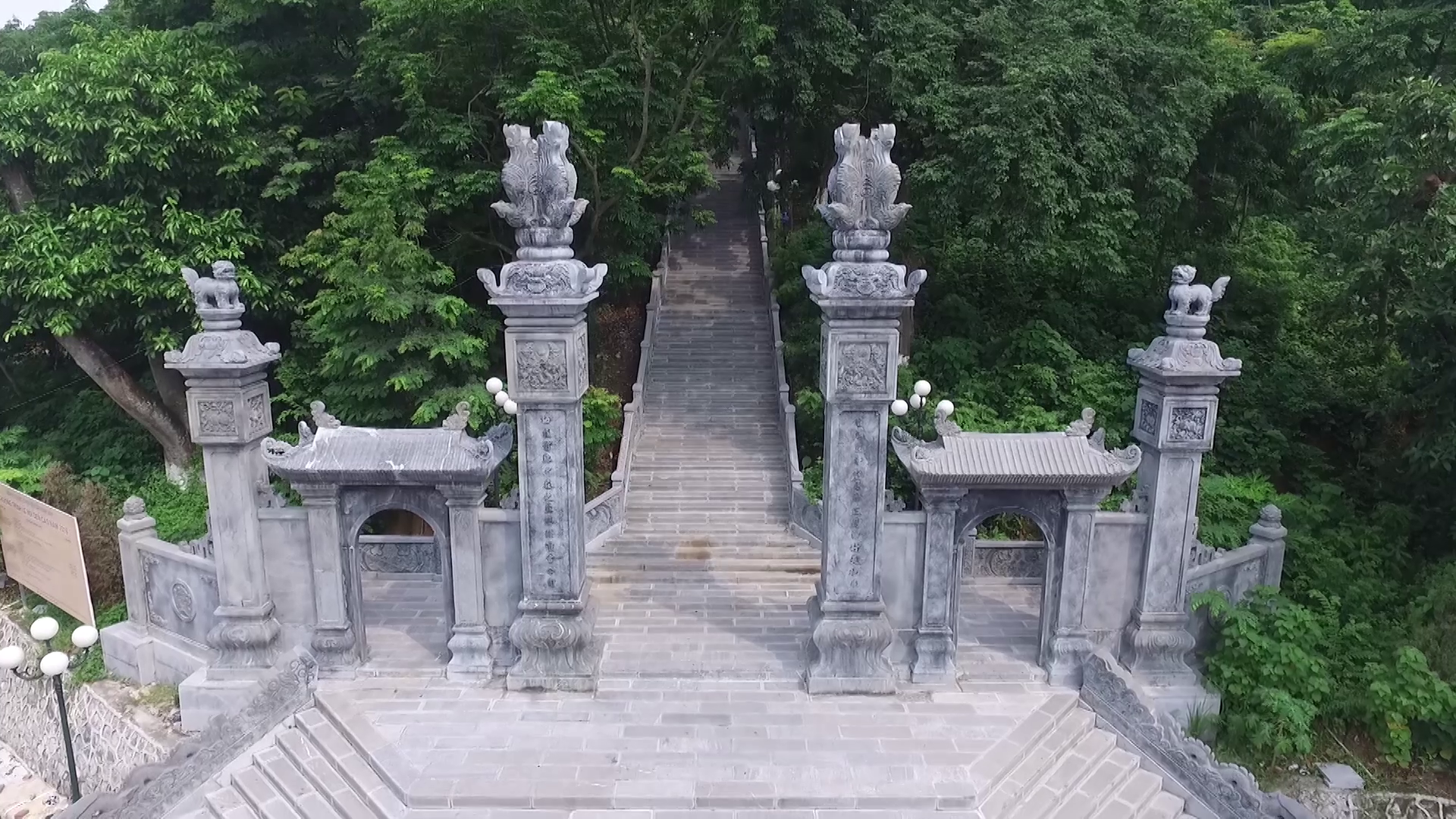
![[Photo] Many practical activities of the 9th Vietnam-China border defense friendship exchange](https://vstatic.vietnam.vn/vietnam/resource/IMAGE/2025/4/16/3016ed3ef51049219574230056ddb741)
![[Photo] Opening of the 4th Summit of the Partnership for Green Growth and the Global Goals](https://vstatic.vietnam.vn/vietnam/resource/IMAGE/2025/4/16/488550ff07ce4cd9b68a2a9572a6e035)
![[Photo] President Luong Cuong receives Ethiopian Prime Minister Abiy Ahmed Ali](https://vstatic.vietnam.vn/vietnam/resource/IMAGE/2025/4/16/504685cac833417284c88a786739119c)



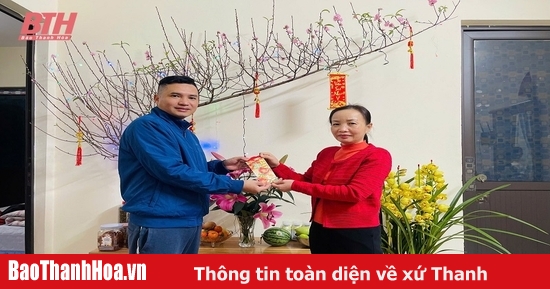
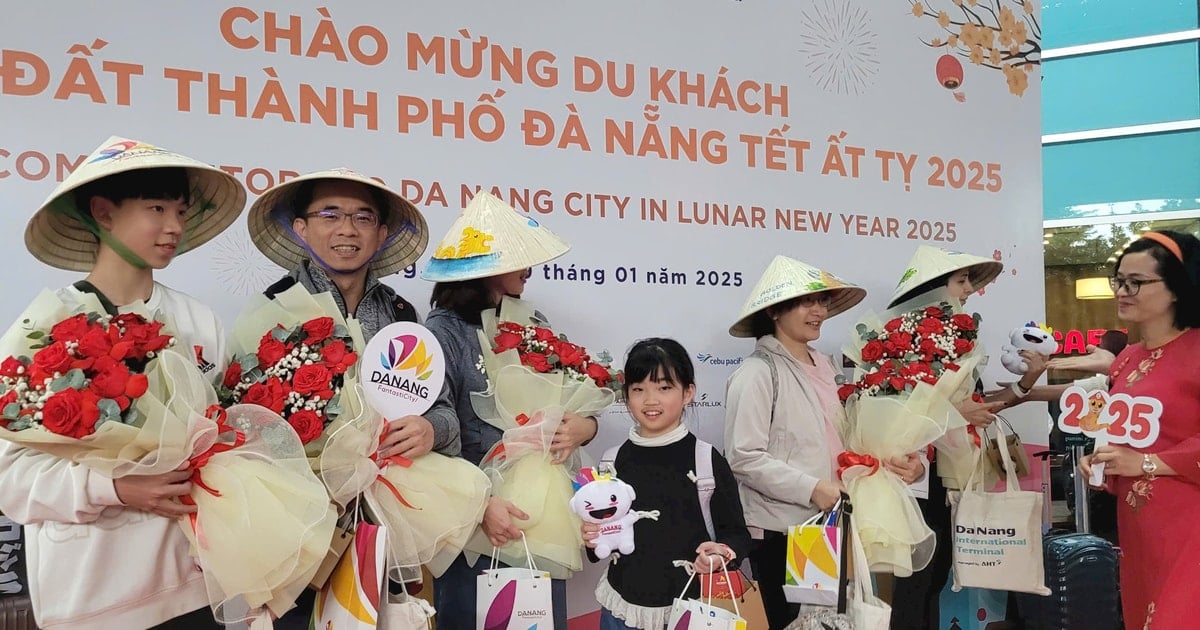

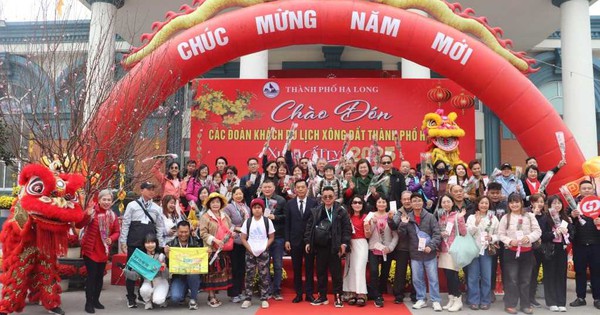

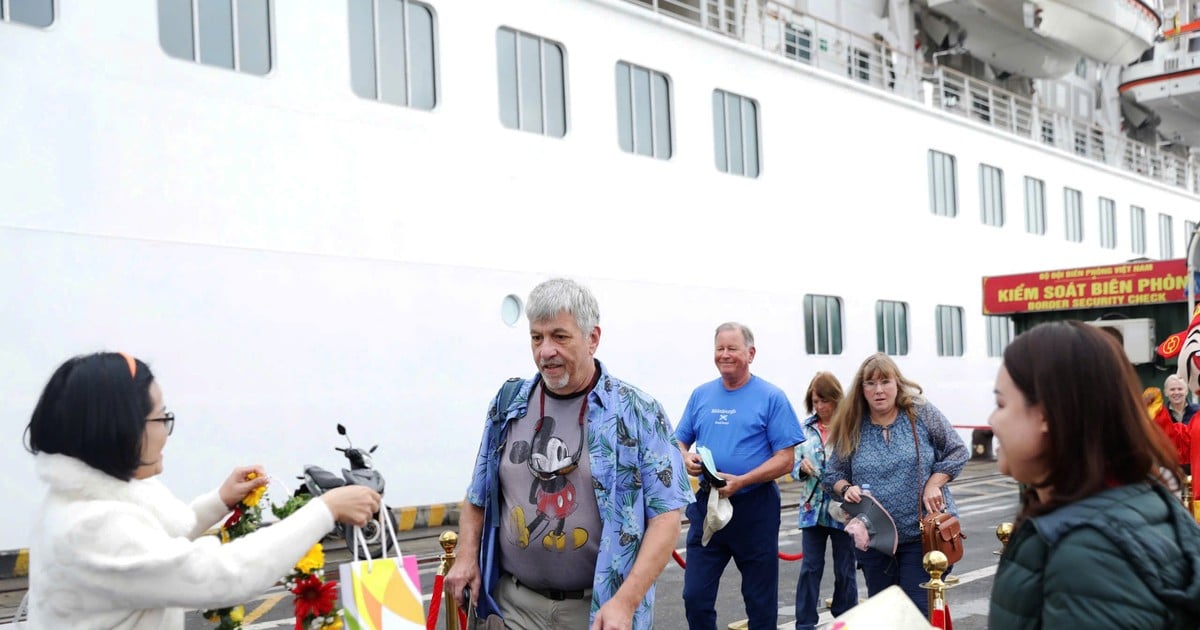
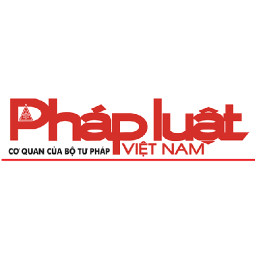
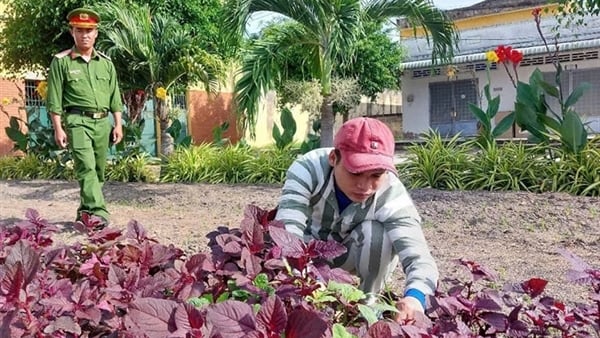

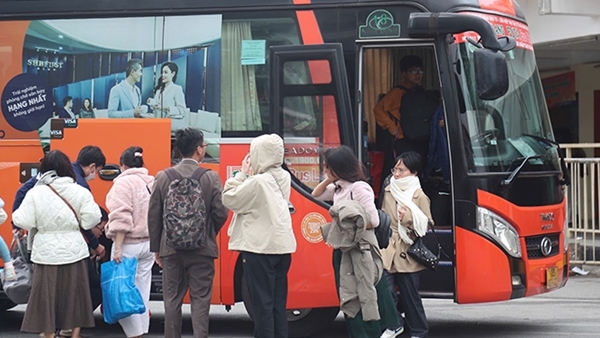












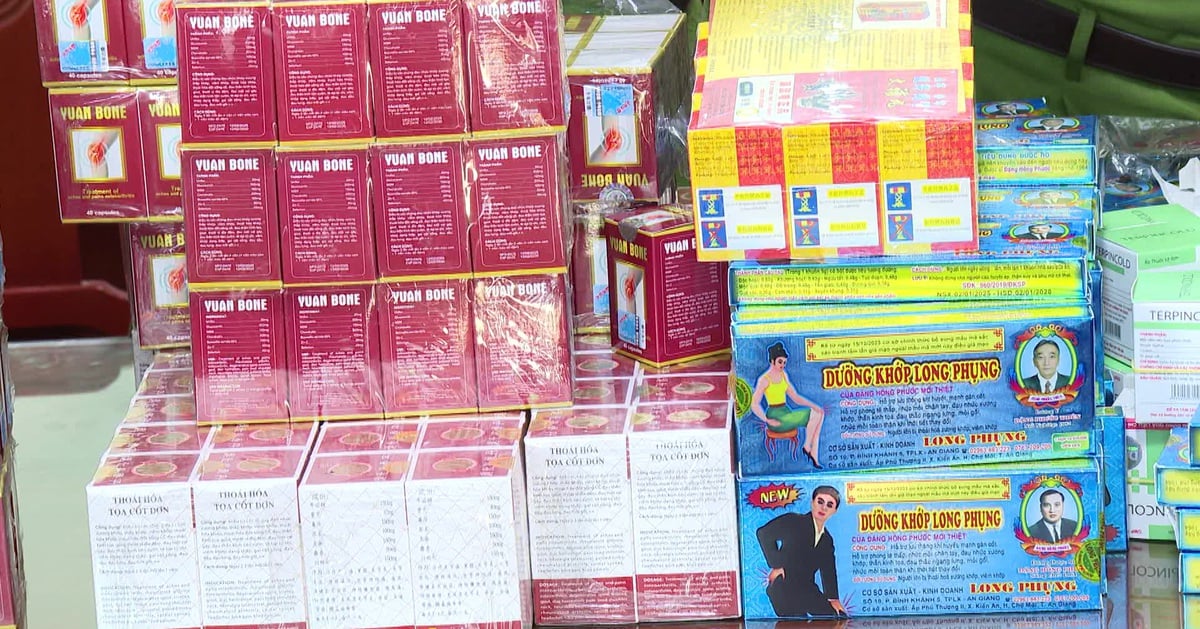
![[Photo] President Luong Cuong meets 100 typical examples of the Deeds of Kindness Program](https://vstatic.vietnam.vn/vietnam/resource/IMAGE/2025/4/16/ce8300edfa7e4afbb3d6da8f2172d580)
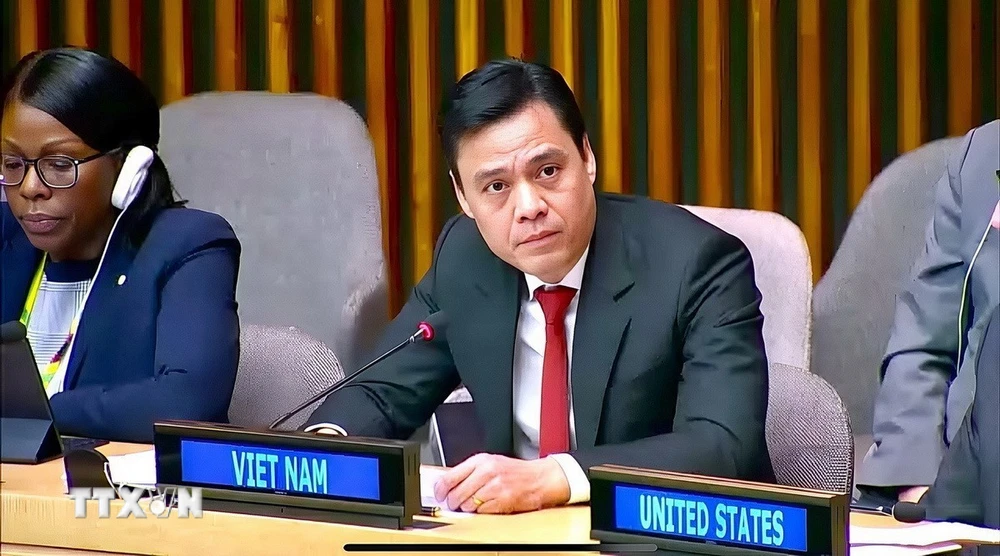


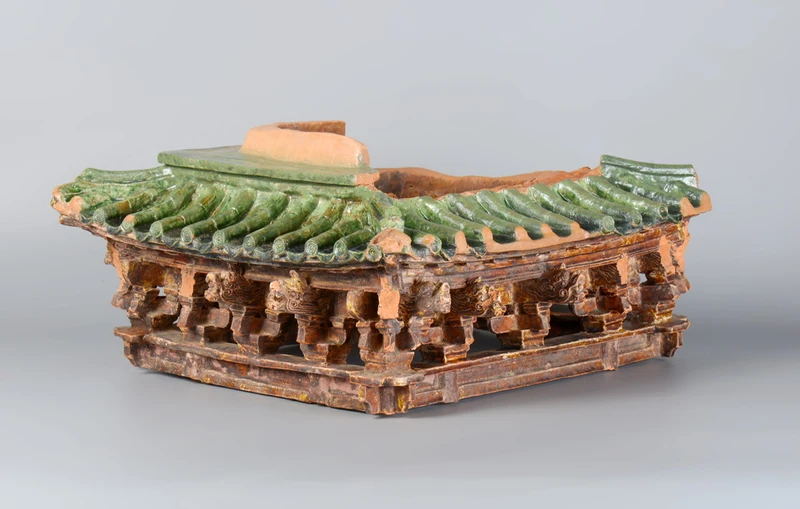

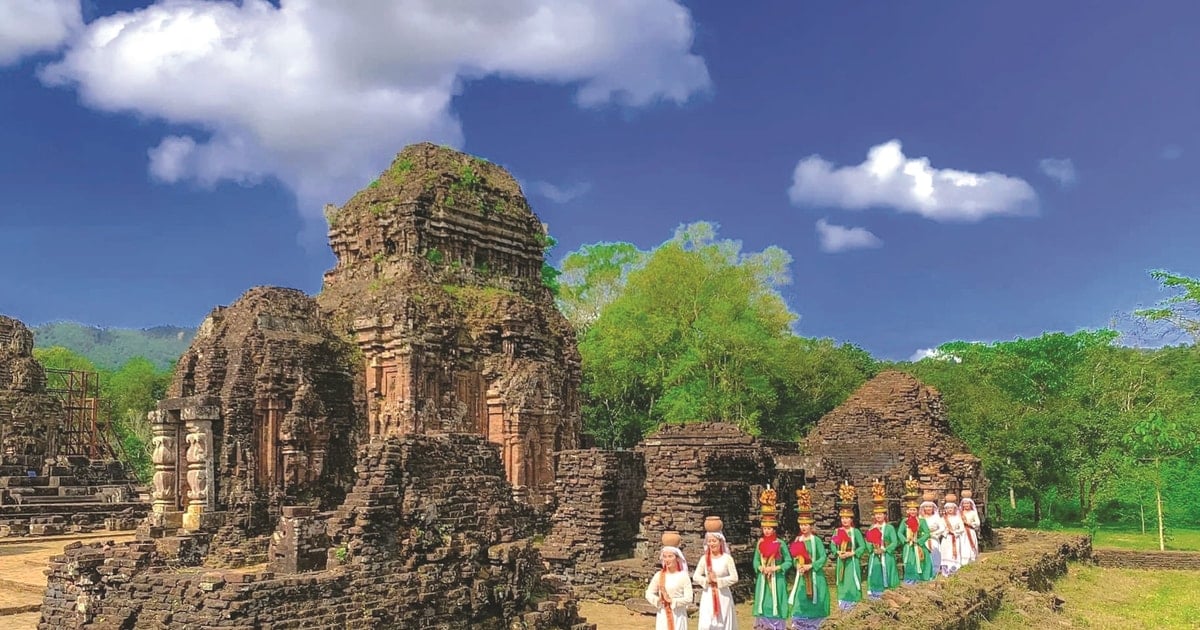
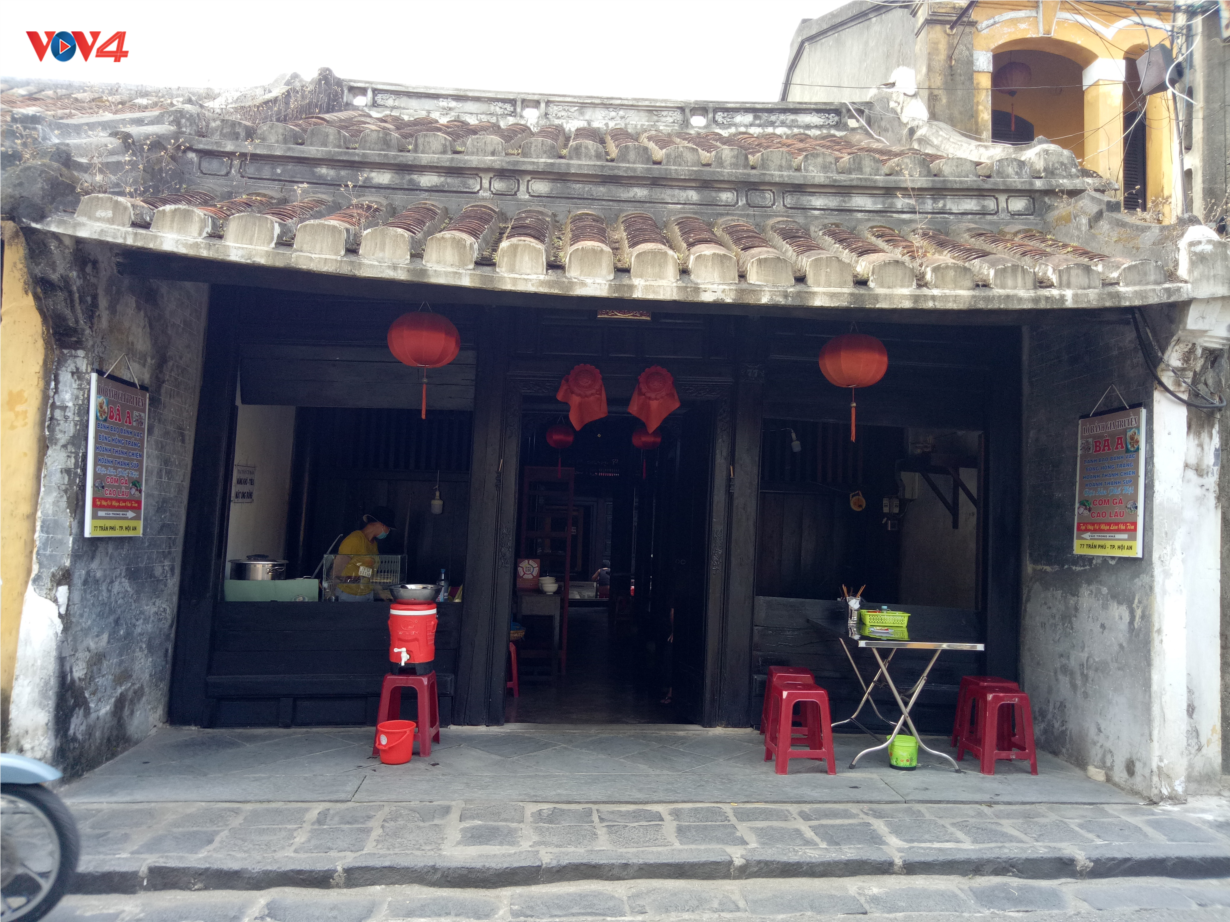

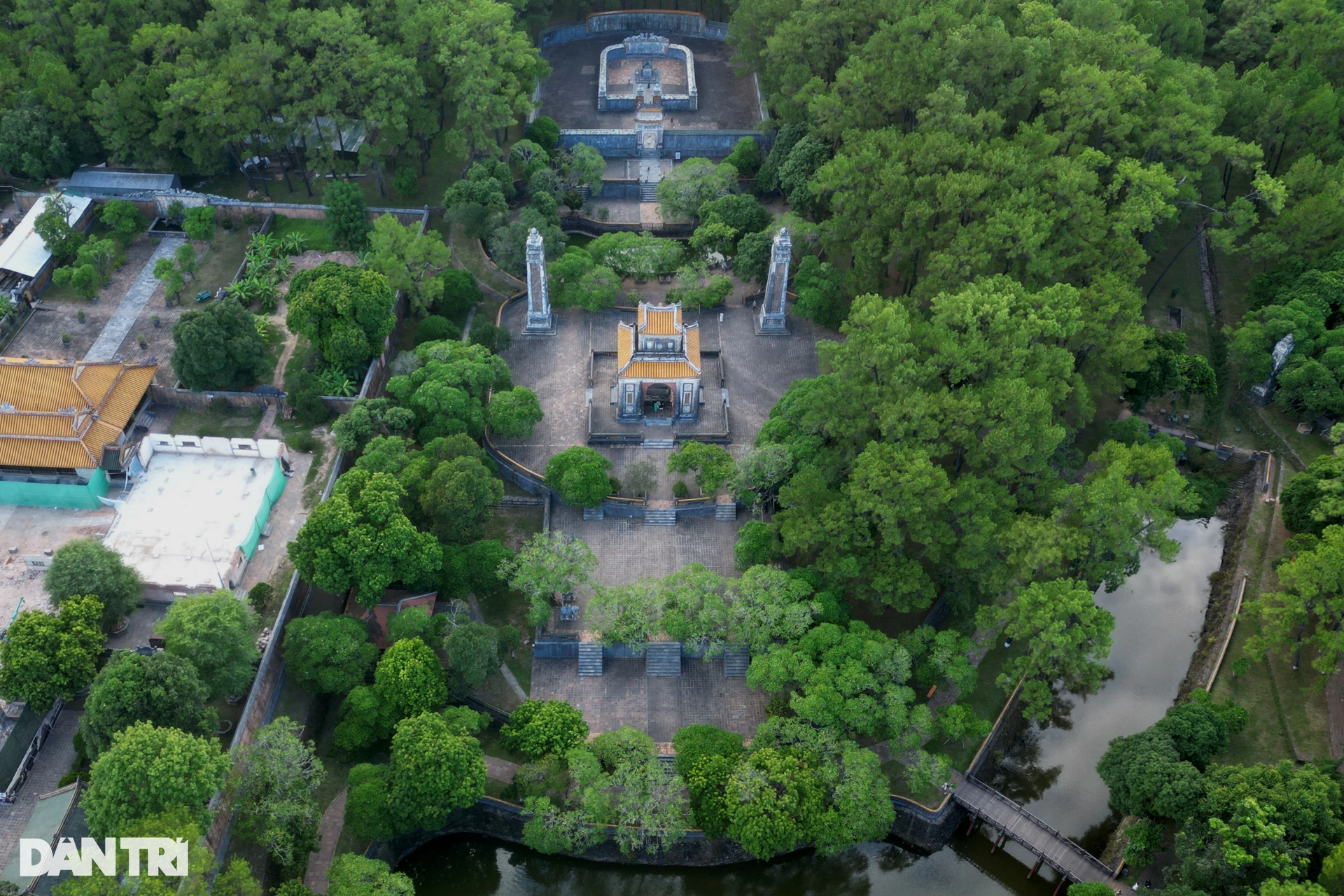

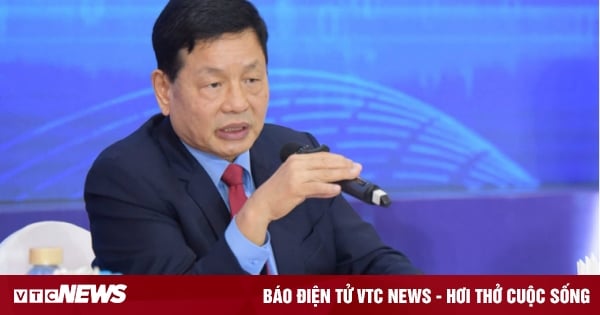


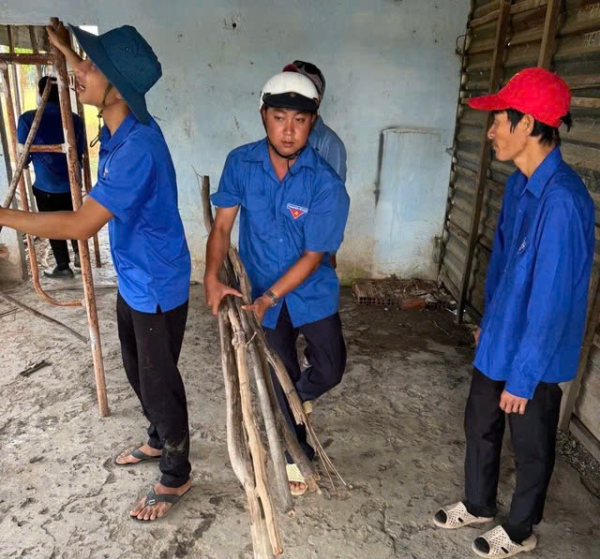

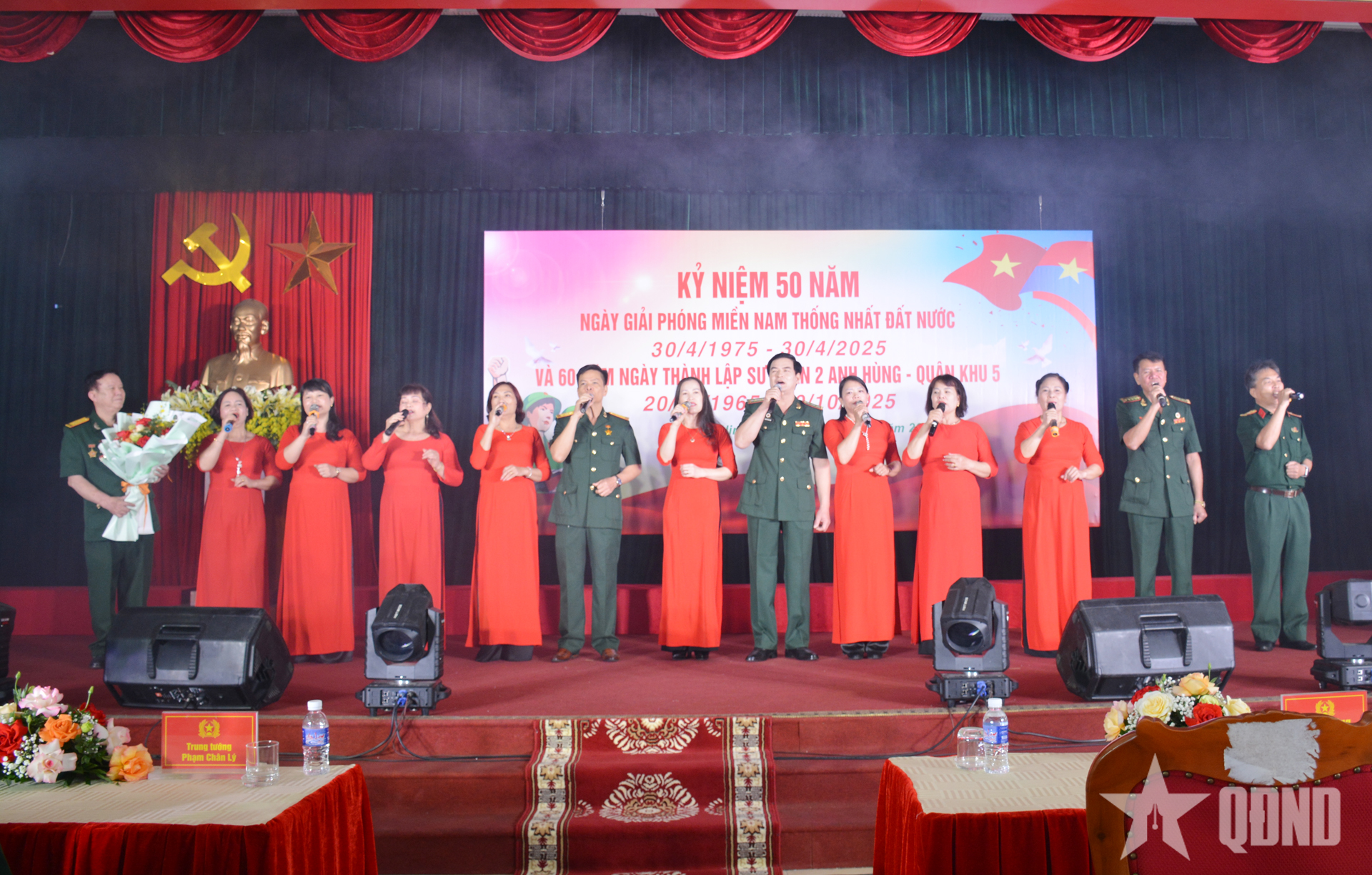

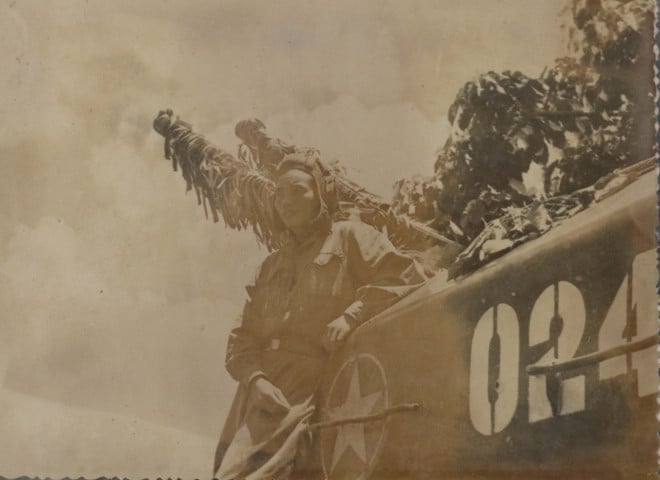
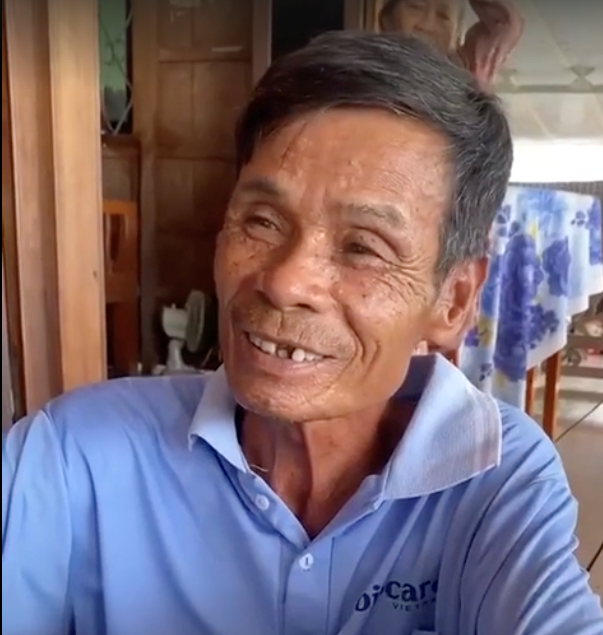


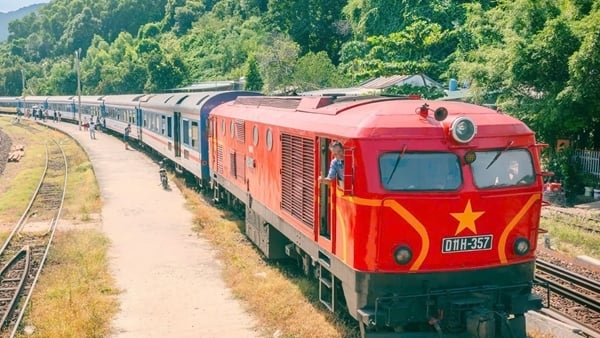



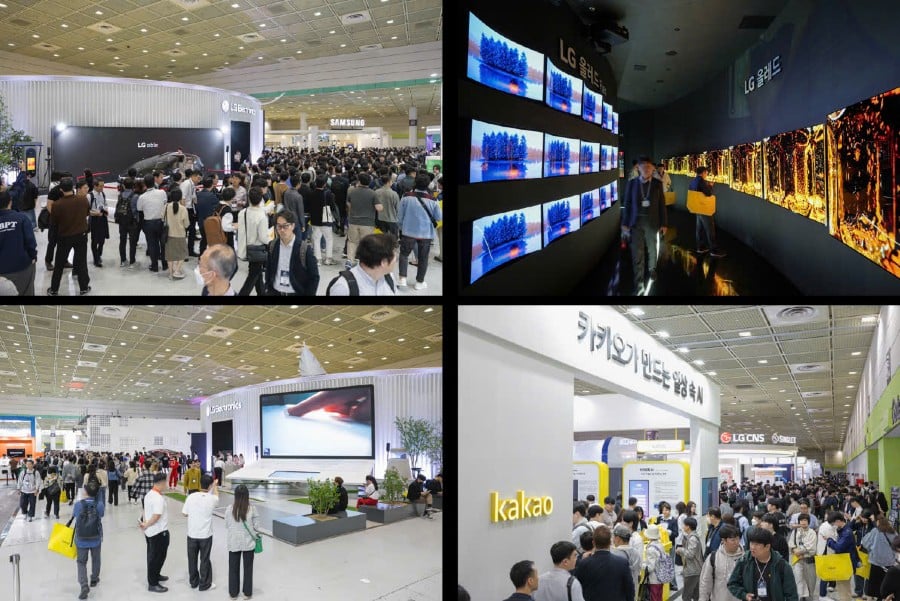



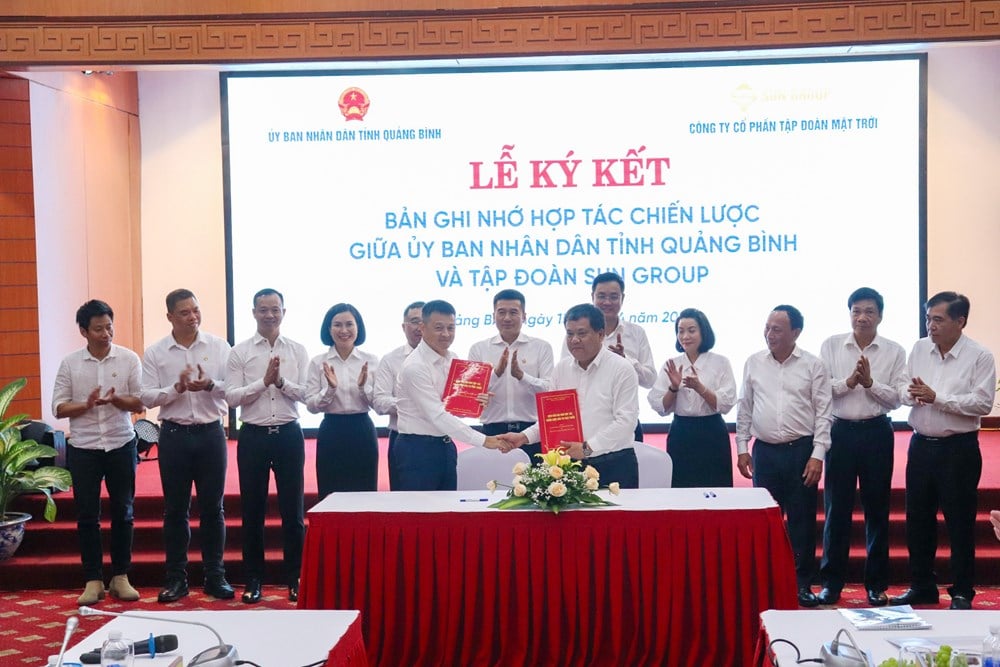

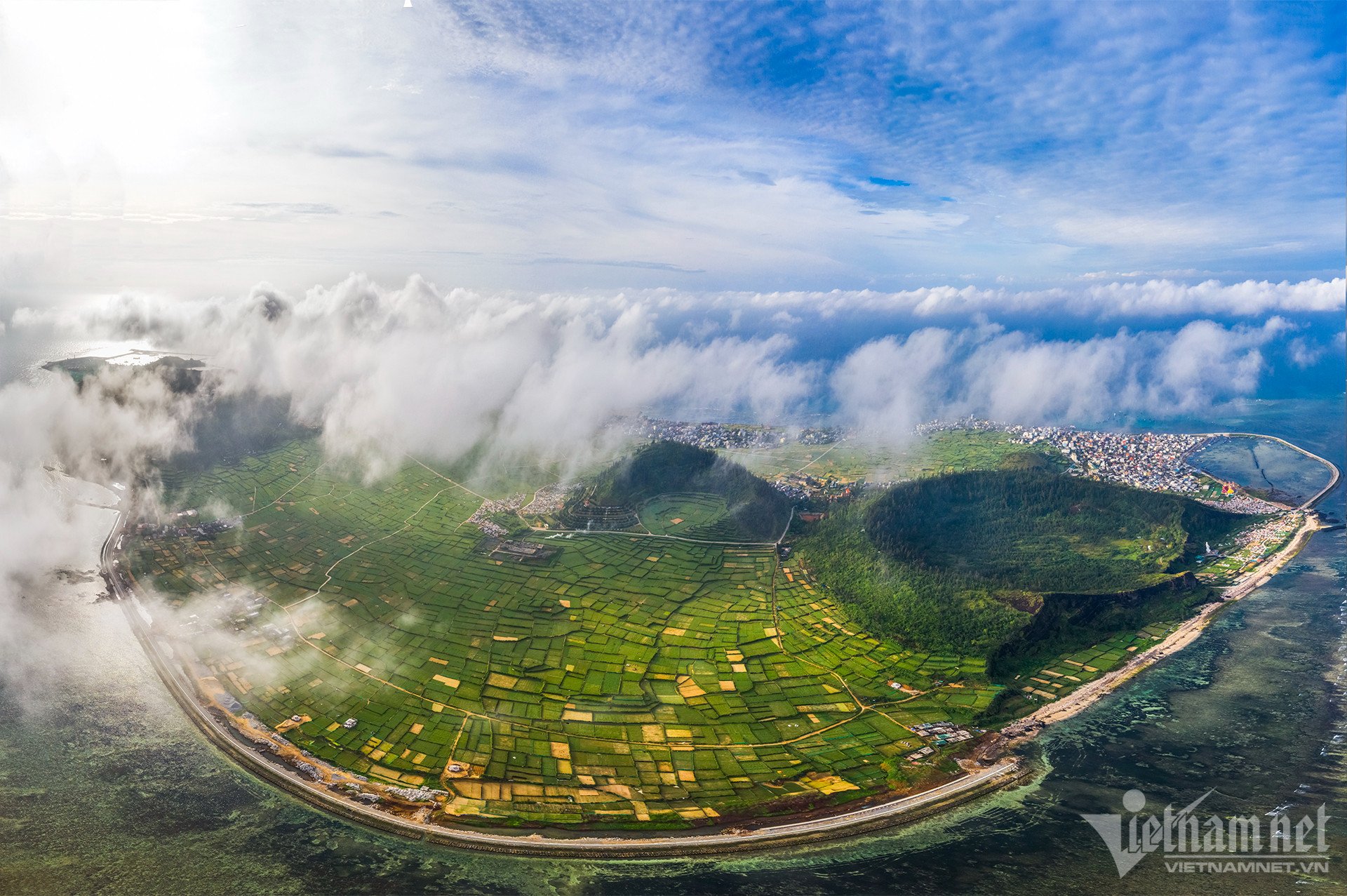
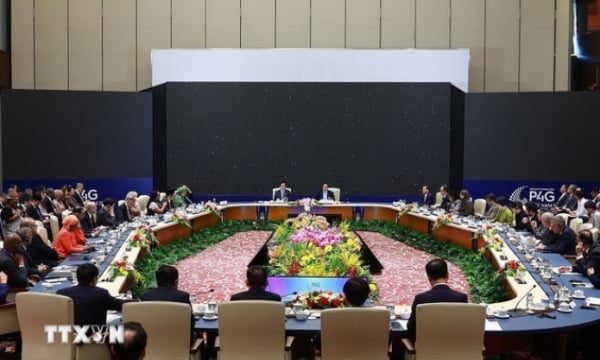
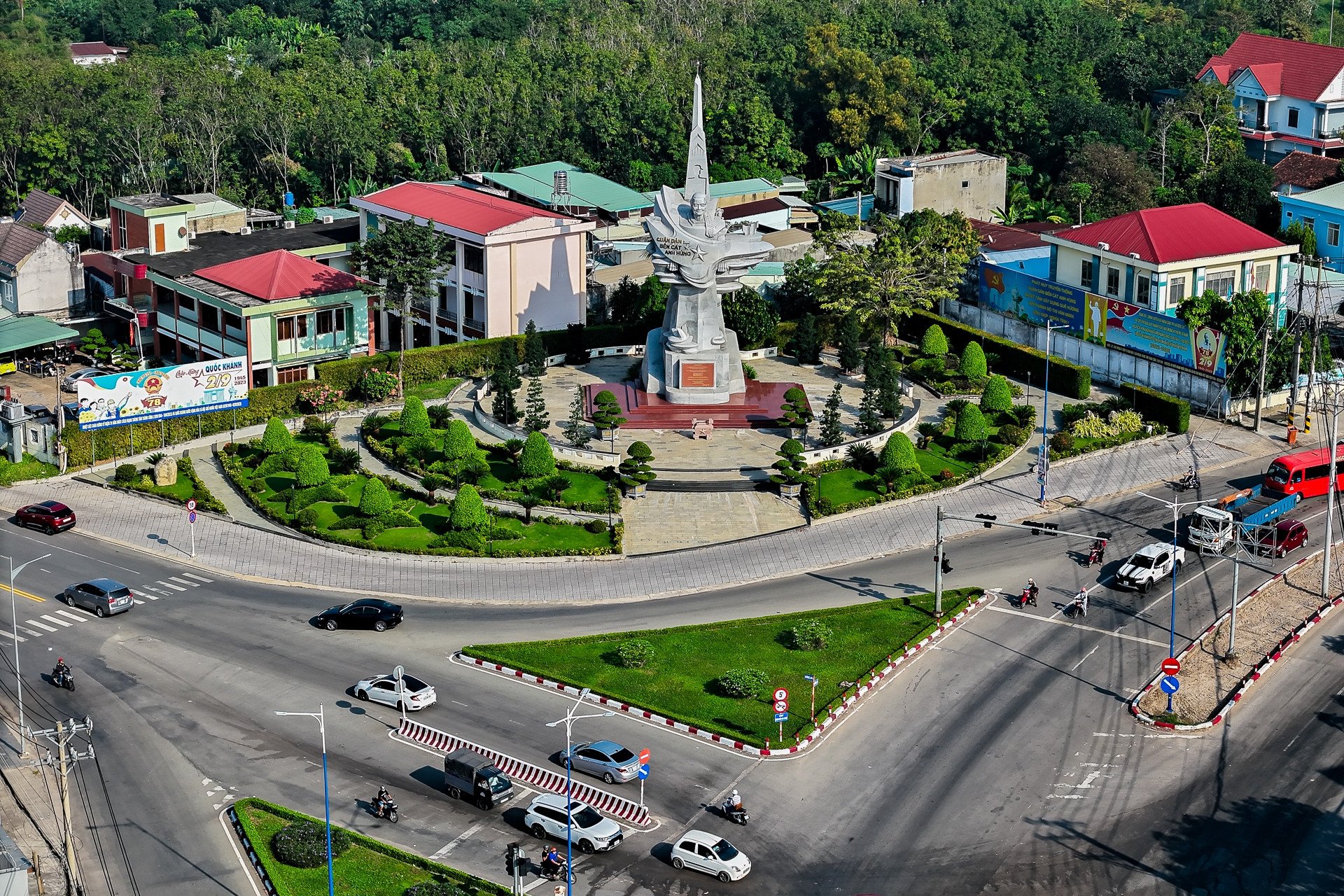
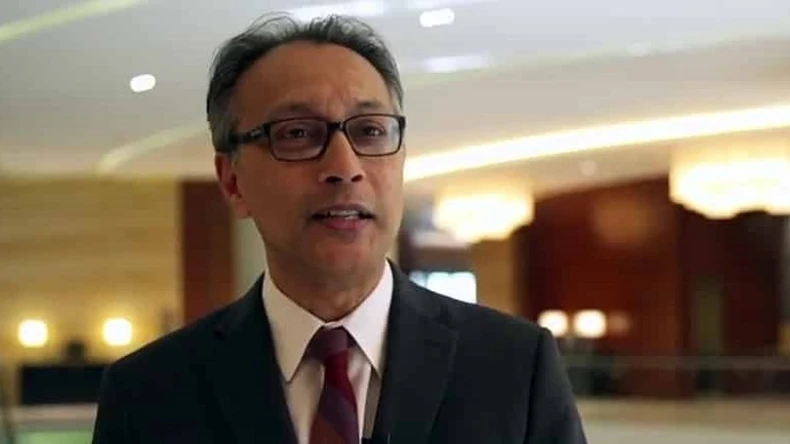
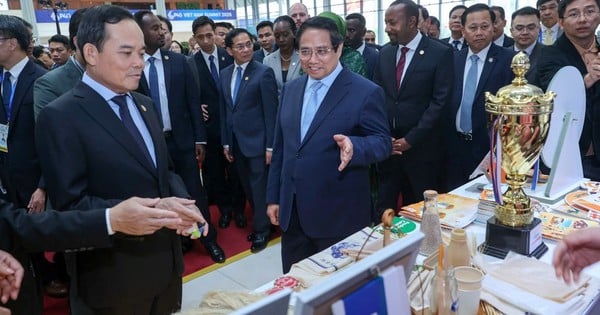

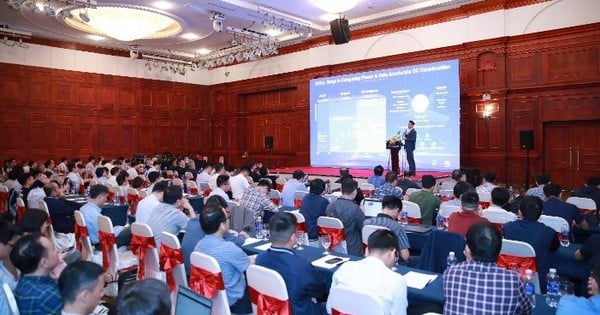
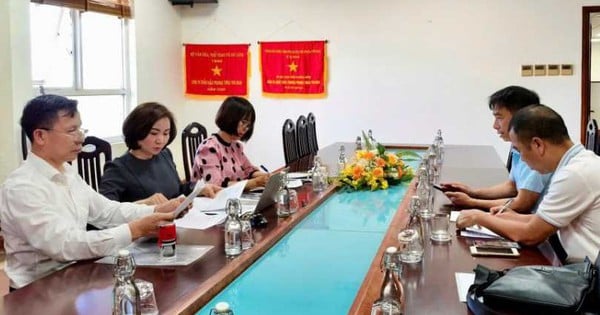

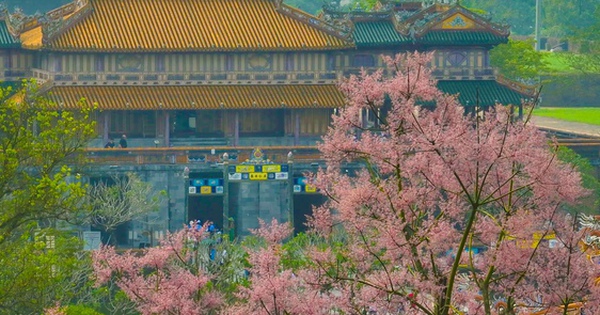
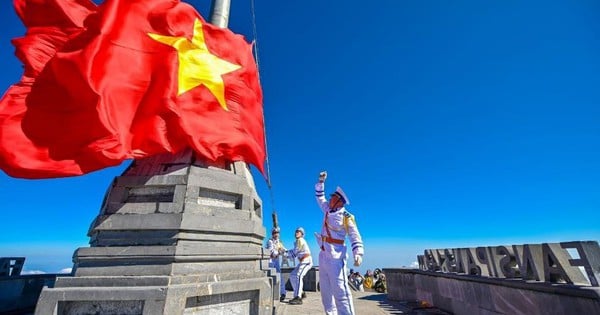
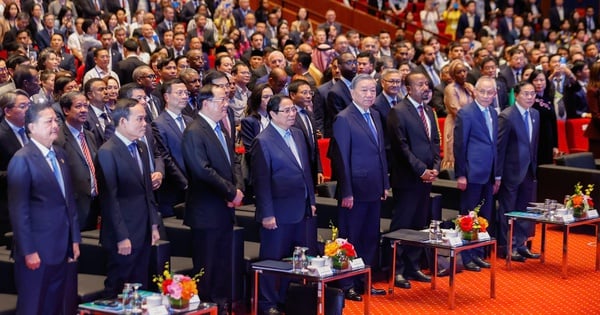

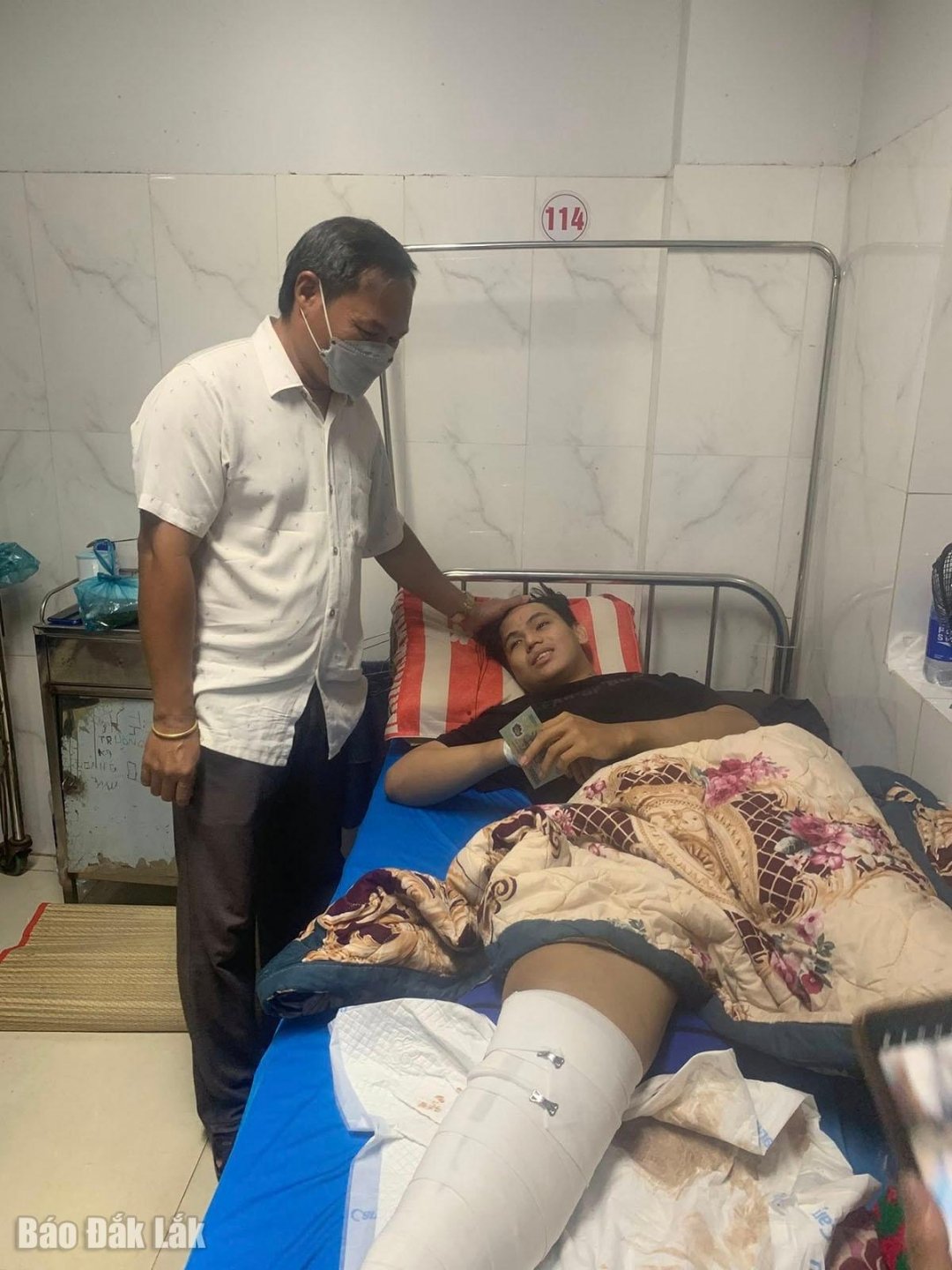

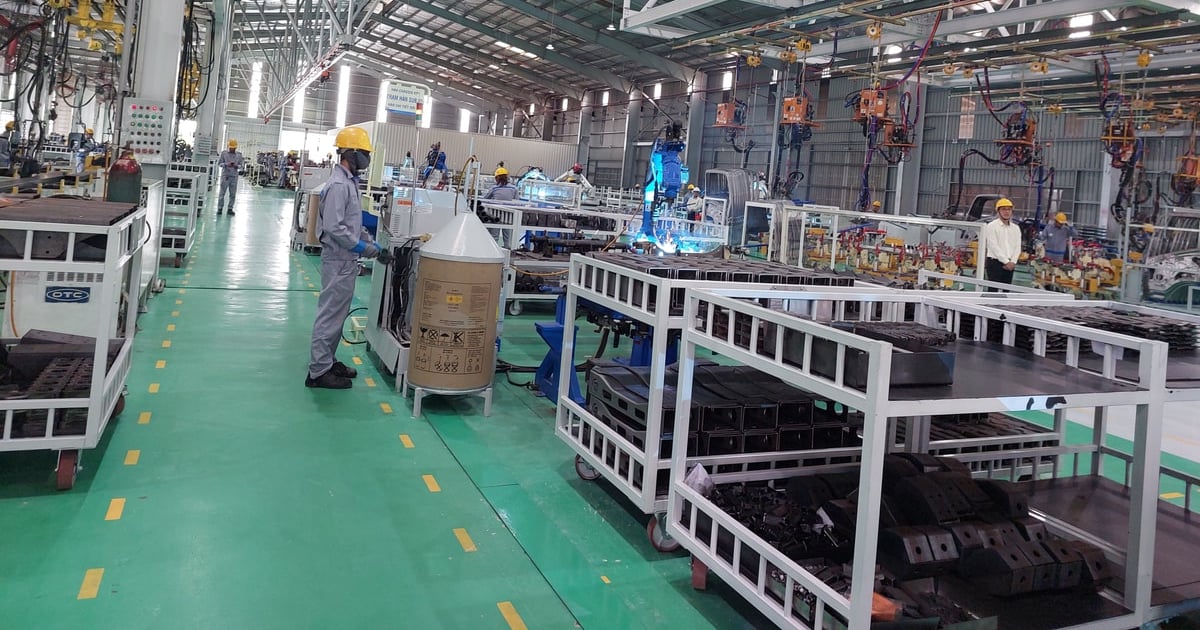

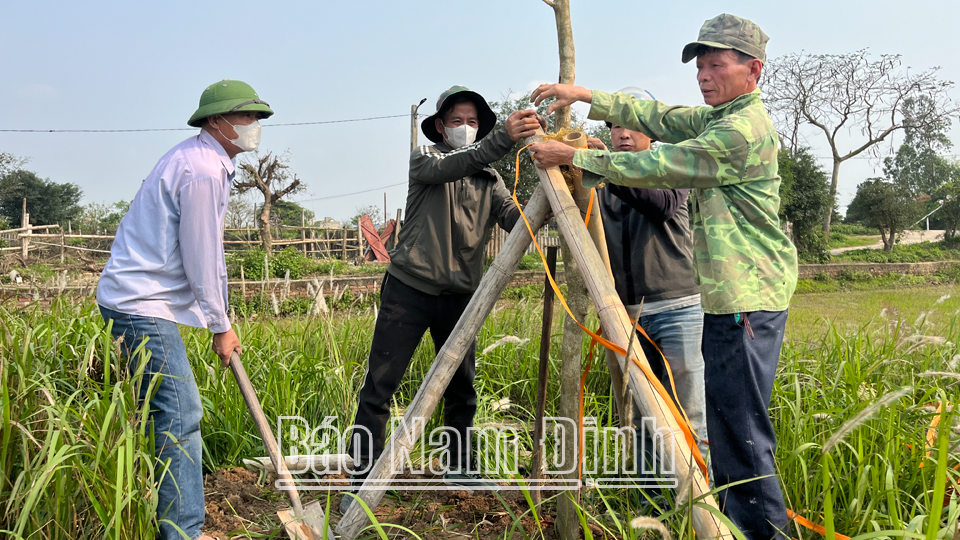
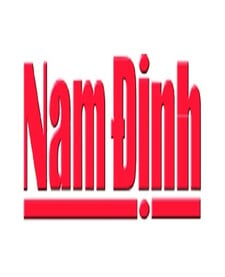
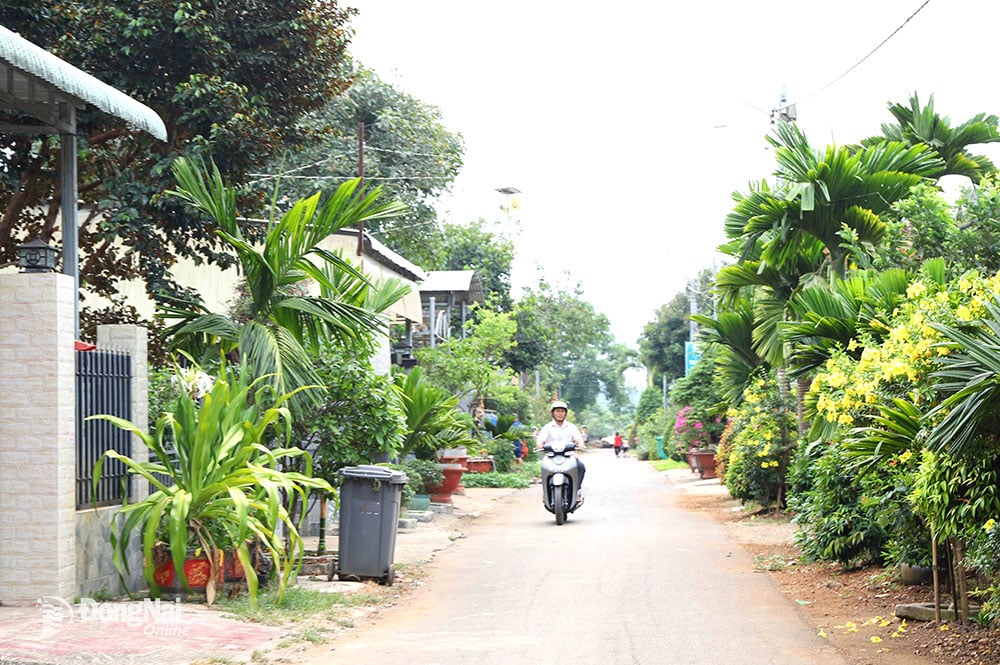

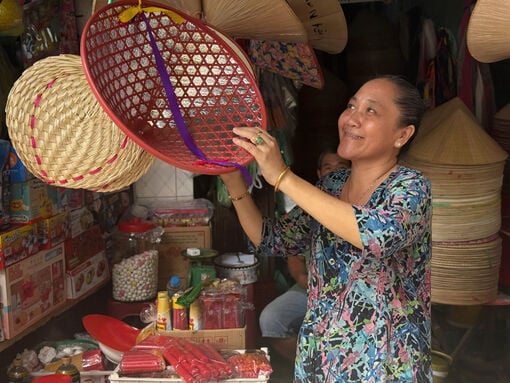

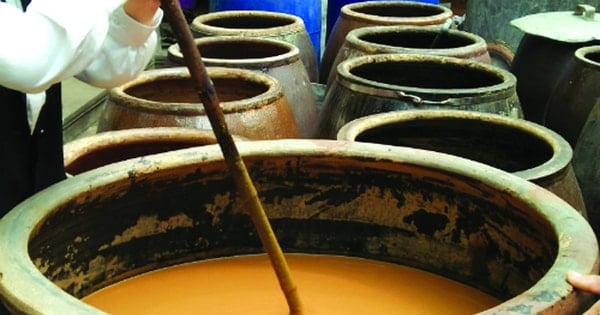

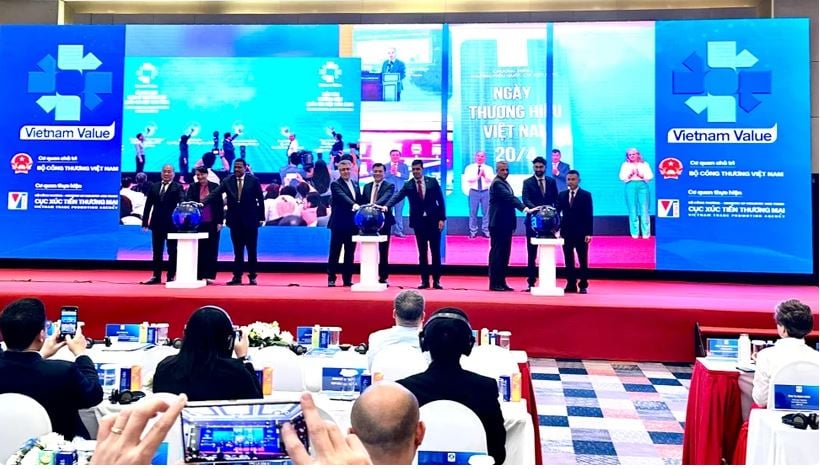


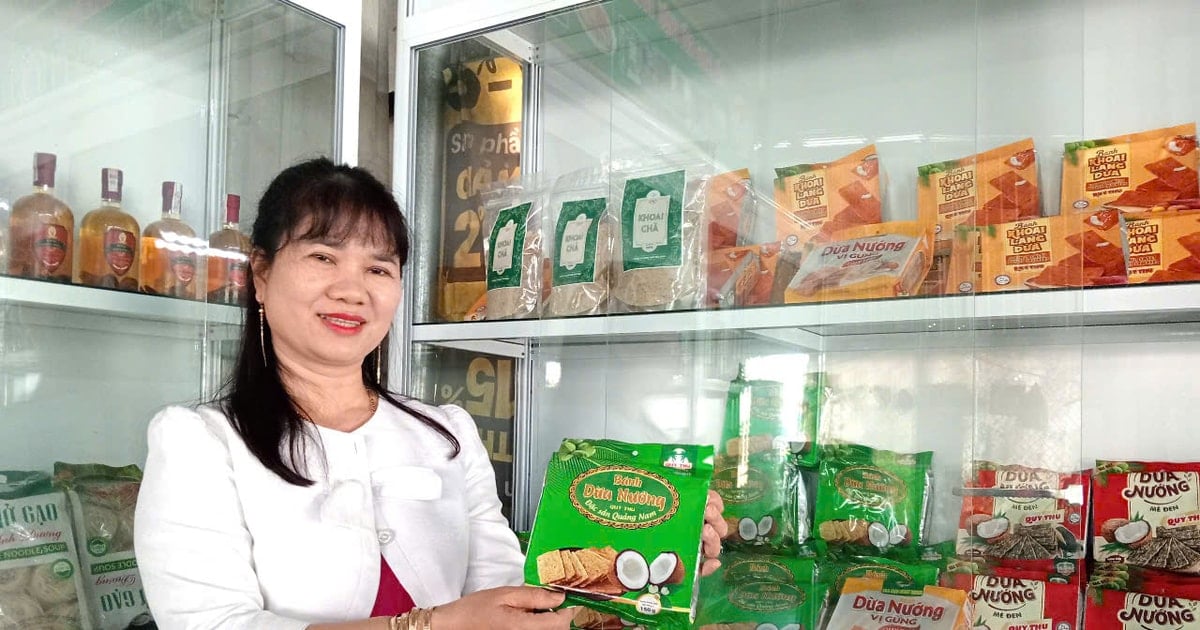


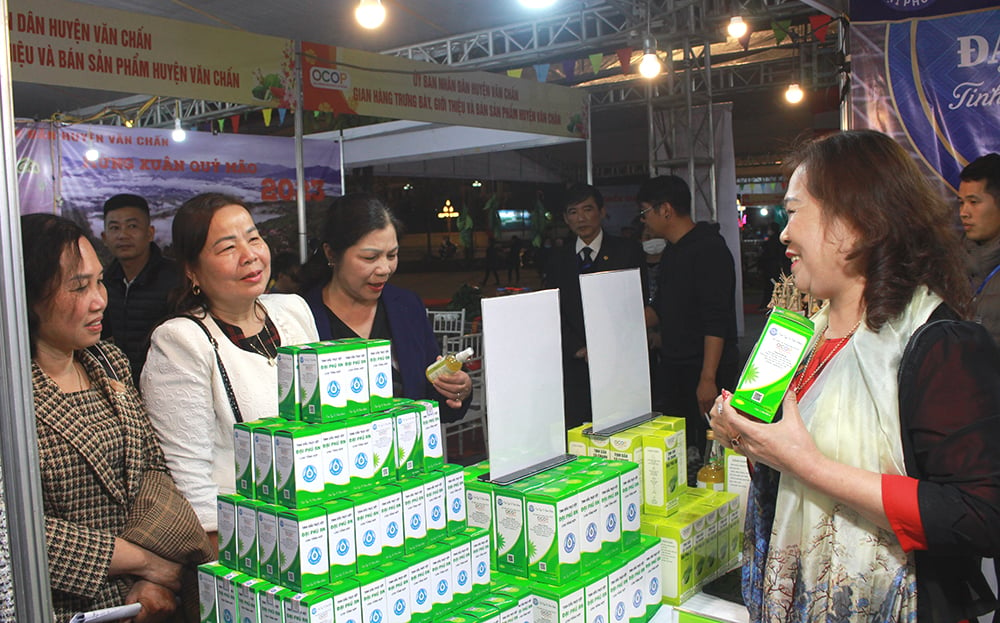
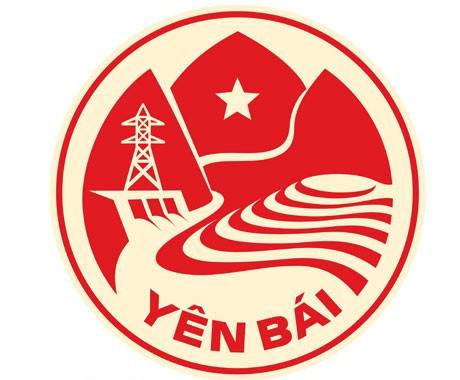
Comment (0)